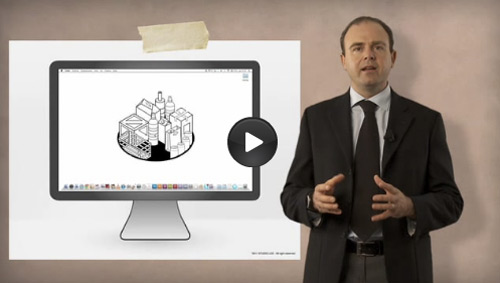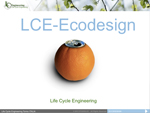Ecodesign
Design process determines 80% of the whole environmental impact generated by a product or service.
The Eco-Design approach entails a global vision of a project by extending the study to the whole product lifecycle and including the environmental issues in the project design phase.
Studio LCE defines the project guidelines through a careful Life Cycle Analysis of the product to improve this approach which permits to introduce environmental aspects in the selection of materials and manufacturing processes. In this way Studio LCE is able to support the customers during the whole design process.
In a correct ecodesign approach that consider whole product life cycle the most important criteria adopted are related to the:
-
Definition of the real human need
-
Consumption minimization of input resources, which can be obtained by avoiding scrap production (which is nowadays a well-established process) as well as by the precycle approach (which is the practice of reducing waste by attempting to avoid its ‘actual’ production): material and energy inputs should be renewable rather than depleted
-
Dematerialization of the product, which refers to the possibility to integrate and reduce the components number to create a flexible product-system in which some parts can be shared by different models in a modular way. It is better to prevent waste than to treat or clean up waste once it is formed. Design of products, processes and systems must include integration and interconnectivity with available energy and materials flows.
-
Material Diversity Minimization in multi-component products in order to promote disassembly and value retention, ensuring that all materials and energy inputs and outputs are as inherently nonhazardous as possible
-
Choice of low environmental impact resource, by using of materials and energy
-
Product life optimization, making easier the upgradability and the maintenance of the components and promoting the reuse at end-of-life phase in order to extend and intensify the product useful phase. Targeted durability, which is not immortality, should be a design goal
-
Extension of material life span, using recyclable materials and encouraging their recovery at the end of life
Designing the service by offering the solution instead of the product: using robust and state-of-the-art machines at maximum capacity would create a whole new dimension to saving resources
-
Design for disassembly, planning the product disposal in order to promote the recovery or recycle of its components
Raise the environmental awareness of users through the correct use of the product
Design considering different users that will interface with the product during all his life cycle (skilled worker, end user, maintenance man, etc.)

